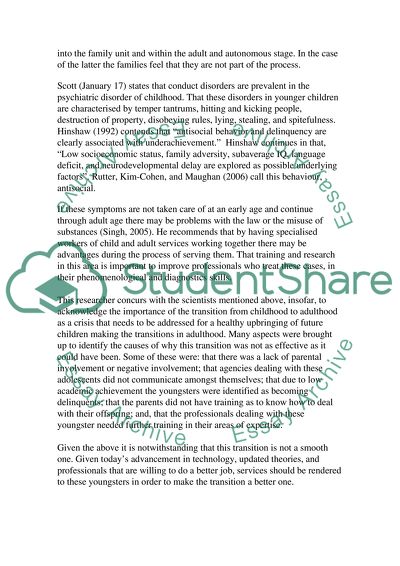Cite this document
(Sociological and Psychoanalytic Perspectives on Adolescents Assignment, n.d.)
Sociological and Psychoanalytic Perspectives on Adolescents Assignment. Retrieved from https://studentshare.org/psychology/1538881-psychology-sociology
Sociological and Psychoanalytic Perspectives on Adolescents Assignment. Retrieved from https://studentshare.org/psychology/1538881-psychology-sociology
(Sociological and Psychoanalytic Perspectives on Adolescents Assignment)
Sociological and Psychoanalytic Perspectives on Adolescents Assignment. https://studentshare.org/psychology/1538881-psychology-sociology.
Sociological and Psychoanalytic Perspectives on Adolescents Assignment. https://studentshare.org/psychology/1538881-psychology-sociology.
“Sociological and Psychoanalytic Perspectives on Adolescents Assignment”. https://studentshare.org/psychology/1538881-psychology-sociology.


